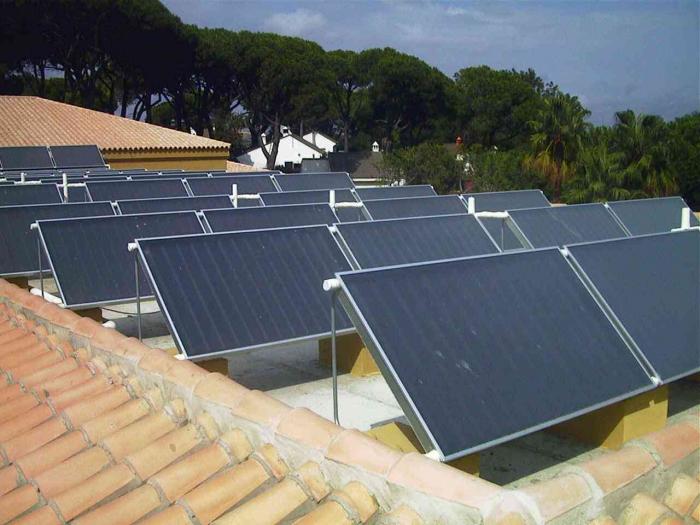Southeast Asia’s Coming Solar Boom

The solar boom may be fizzling out in some countries, but definitely not in Southeast Asia.
2018 should be the year that Southeast Asian solar hits its stride. That was the clear headline from the 35th ASEAN (Association of Southeast Asian Nations) Ministers on Energy Meeting: “ASEAN calls for energy investment.”
At the opening of the ASEAN Ministers on Energy Meeting (AMEM) towards the end of last year, Philippine Energy Secretary Alfonso Cusi called on energy investors and policy officials to find new ways to meet the region’s monstrous energy needs.
“It is now imperative on us to draw in more investments and expertise to ensure that we are prepared for this new future."
Electricity demand in particular is set to triple by 2040. Together, total demand growth will be equivalent to 14 percent of all global energy demand to 2040.
But not just any energy source will suffice, Cusi said, stressing the importance of clean energy in new outlays.
"ASEAN is committed to a future of renewables," he said. "From reduced carbon footprints to lower emissions to cleaner air, we know how important it is that we invest in the future of renewable energy sources," Cusi said, adding that the region must aim for the goal of grid parity.
The meeting comes at an opportune time for U.S. solar stakeholders, and for companies with deep experience of delivering low levelized-cost-of-energy (LCOE) utility-scale PV projects. Companies, like 8minutenergy, have been committed to developing projects in South Asia. They understand how to leverage technology innovations, incorporate balance-of-system (BOS) cost reductions, and improve system design in order to achieve competitive clean electricity.
In fact, the price of solar PV is already lower than it’s ever been. Prices have declined 27 percent just in the past year, and the price of the average silicon solar module is now below $0.32 per watt. However, module price is just one factor in the dropping cost of solar. Earlier this year, a new study from the International Renewable Energy Agency (IRENA), showed future cost reductions are expected to be highly dependent on BOS (e.g. inverters, racking and mounting systems, civil works, etc.), rather than relying on the expected reductions in solar module prices. That same study estimated that the global average cost of electricity from solar PV would be roughly US$0.05/kWh to US$0.06/kWh by 2025.
U.S. solar developers have successfully driven down the costs of utility-scale solar by more than 77 percent since 2010 — a capability that is now ripe to be deployed overseas.
South and Southeast Asia need it, as they seek to expand access to electricity. There is particularly increasing demand for solar-plus-storage. As battery technology improves, these systems are proving again and again to be more reliable than traditional generators, as the fuel supply is one of the first things that gets disrupted in an emergency.
With solar and utility-scale batteries, no such disruption need be planned for. There are several Southeast and South Asian nations that are gearing up for increased solar investment — with each taking a unique path.
This summer, Vietnam created a feed-in tariff of 9.35¢/kWh for 20 years to support utility scale PV projects. Now, the country is partnering with the World Bank to implement a pilot auction program for solar projects. Set capacities will be announced, and developers will have the opportunity to bid on them. Both moves are designed to reach the goal of 3 GW of solar PV capacity installed (from 850 MW) by the end of the decade, and 12 GW by the end of the next.
As Tim Buckley, director at the Institute for Energy Economics and Financial Analysis, said in May, “There is no financial investment to fund coal in the Indian market because they’re simply not competitive against solar energy prices right now.”
It’s clear the future is bright for solar in Southeast Asia.

 Carol
Carol